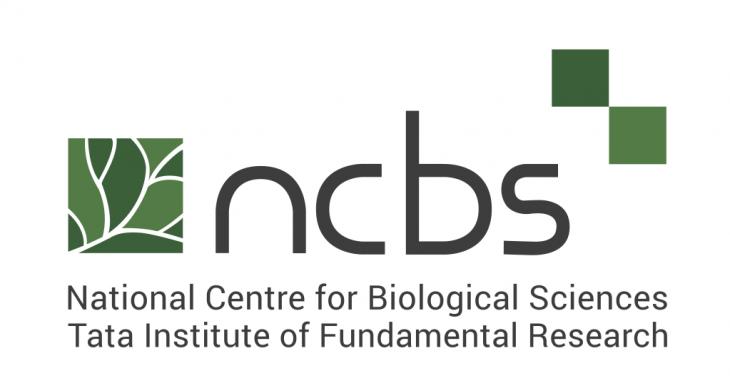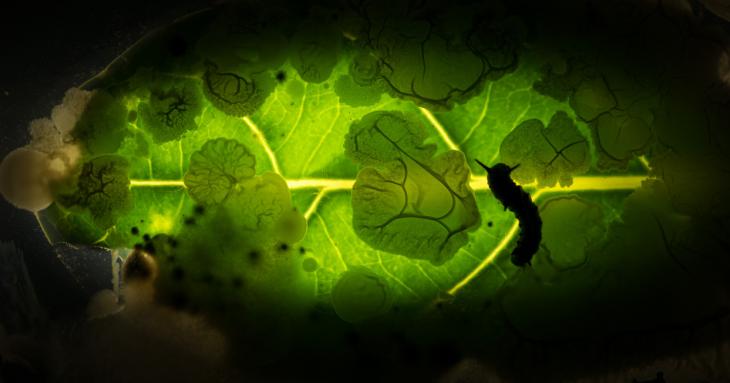-
NCBS team finds how microRNA gene regulators are generated in plants
Image: miRNAs stop specific mRNAs from making proteins. This study shows how specific sequences (shown in black stars) in the hairpin loops from which miRNAs originate are essential for the selection of miRNA regions.
-
NCBS Press Statement: 3rd February 2020
This press release is in reference to media reports that grossly misrepresent the facts concerning a study of bats in Nagaland. We are issuing this statement to correct the record, in the public interest. We strongly appeal to the media, stakeholders, and the public, to only obtain information from reliable and verified sources, and to help prevent the spread of misinformation and panic during a global public health crisis.
-
In Memoriam: Dr M.K. Bhan
It is with deep sadness that we acknowledge the passing of Dr M K Bhan on 26th January 2020, in Delhi.
-
Bacteria get free lunch with butterflies and dragonflies
For humans, trade is second nature and civilizations have flourished and fallen with the fate of their trade. In fact, the mutual scratching of backs is a cornerstone of many animal societies. On the other hand, deep and sustained mutualisms across species were long thought to be quirks of evolution, where radically different players managed to stick together and trade for mutual benefit.
-
How humans affect genetic connectivity of four mammals
Changing landscapes, habitat loss, fragmentation, and global climate change have been listed as the main reasons for biodiversity decline worldwide. Now, a new study from the National Centre for Biological Sciences (NCBS), Bengaluru, has added to the growing knowledge that anthropogenic activities can impact genetic connectivity or the movement among habitat patches usually resulting in mating and genetic exchange.
-
Visit by Dr Pascal Cossart and Dr Didier Roux
Recently, the campus had the pleasure of hosting two eminent French scientists. Dr Pascale Cossart of the Institut Pasteur and Dr Didier Roux of the National Academy of Technologies of France spent time at the Cluster over two days this October.
-
Unseen 2019: Silence of the bees
The state of bees, and work from Dr Axel Brockmann's Honey Bee lab at NCBS is covered by the Live Mint in this article.
-
NCBS scientists study carbon cycle in rainforests
In the backdrop of climate change, NCBS, a subsidiary of TIFR, has taken up a study on the carbon dioxide (CO2) absorption by evergreen forests of Western Ghats, at Nilkunda forest area in Siddapur taluk.
-
CNRS President Antoine Petit visits BLiSC
On 18 December, 2019, the Bangalore Life Science Cluster was visited by a delegation from the French National Centre for Scientific Research, led by Prof. Antoine Petit, President, CNRS.















